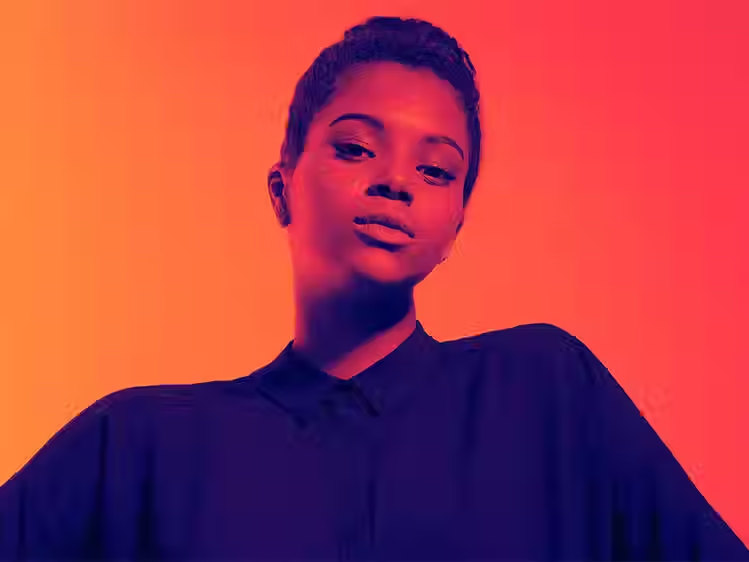Low Key Lighting
- The Magazine For Photographers

- Jun 3
- 3 min read

What is Low Key Lighting?
Last week we talked about high key lighting. Today, let’s talk low key: low key lighting is all about using minimal light to highlight just the parts of your subject that matter, everything else fades into shadow. It creates deep blacks and rich contrast. You’ve probably seen low key lighting in film noir, dramatic portraits, edgy fashion editorials, and even some still life or product shots before.
When does it work well?
Low key lighting is perfect when you want your photo to feel:
Mysterious or intense
Elegant and dramatic
Serious, moody, or artistic
Focused (like all attention is on one thing)
It’s especially powerful for portraits, black & white street work, nude or body-form photography, and even concert or performance shots.
How to Shoot Low Key Photography (controlled environment)
You don’t need fancy equipment, just a light source you can control and a dark background or environment. Here's the general idea:
1. Kill the ambient light
The less stray light in your space, the better. Turn off overheads, cover windows, shoot at night → whatever it takes to get a darker environment.
2. Use one main light source
One light is often enough. Could be a strobe, a continuous LED, or even a window with the blinds cracked. Keep the light directional (coming from the side, above, or behind) so it carves out shapes and shadows. You don’t want light bouncing everywhere. You want control.
3. Position your subject in the shadows
Only light what you want the viewer to see. Everything else? Let it fade into black. That might mean lighting just half the face or letting most of the body fall into shadow.
4. Dark background, dark wardrobe
Make sure the background isn’t picking up stray light. A black curtain, dark wall, or even shooting into an unlit space works. And if your subject wears black or deep tones, they’ll blend in nicely, letting the light really pop where you want it.
5. Camera settings
Keep your ISO low to avoid noise in those dark areas.
Use a fast shutter speed to avoid ambient light creeping in.
Aperture depends on the look you want—f/2.8 for shallow depth, f/8 if you want more sharpness.
Meter for the highlights, let the shadows go dark.
Doing It Outdoors
Yes, you can go low key outdoors too. Here’s how:
Wait for blue hour or nighttime.
Find a single light source, like a streetlamp, a neon sign, or even a car’s headlights.
Again: expose for the light, not the shadows. Let everything else drop off into blackness.
Shoot in an alleyway or a spot with heavy directional shadows.
Creating Low Key in Post
If your photo isn’t quite dark or contrasty enough out of camera, editing can help get you there of course.
Drop the exposure or black point overall.
Increase contrast and deepen shadows.
Use brushes or masks to selectively darken parts of the frame.
Desaturate or go black & white to add even more mood.
Optionally add vignette or burn the edges to guide the viewer’s eye.
Final Thoughts
Low key lighting is not about taking dark photos, it’s about directing focus. You’re literally sculpting with light, revealing just enough and letting the rest fall away. It takes some experimentation, but once you get the hang of it, it opens up a whole new layer of emotional depth in your photography.










Comments